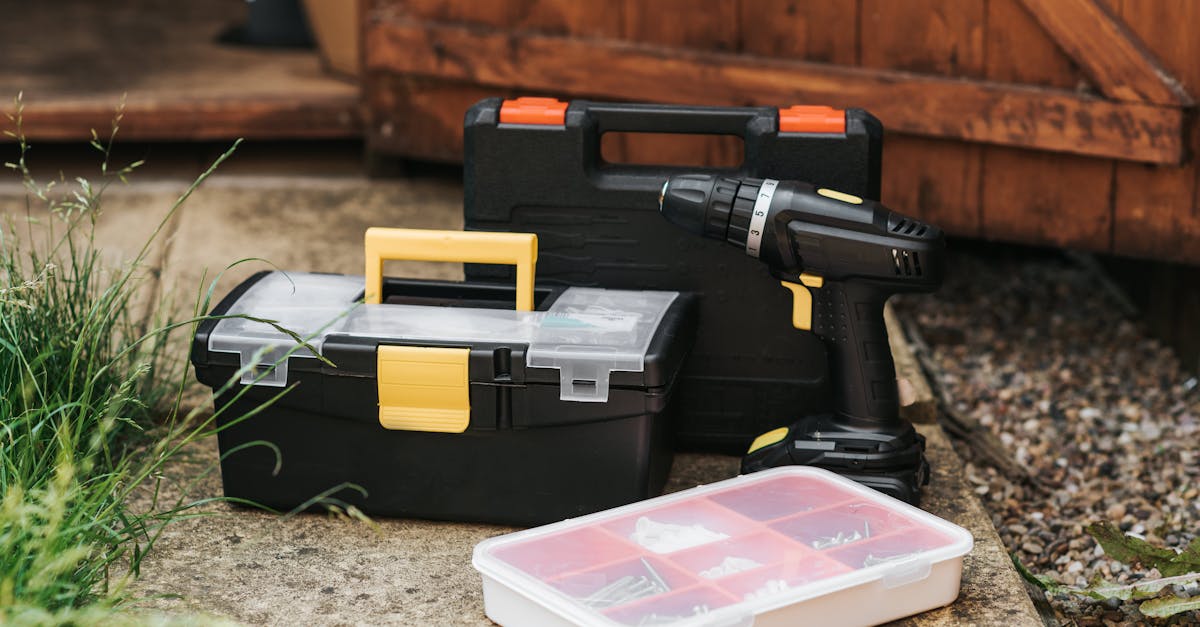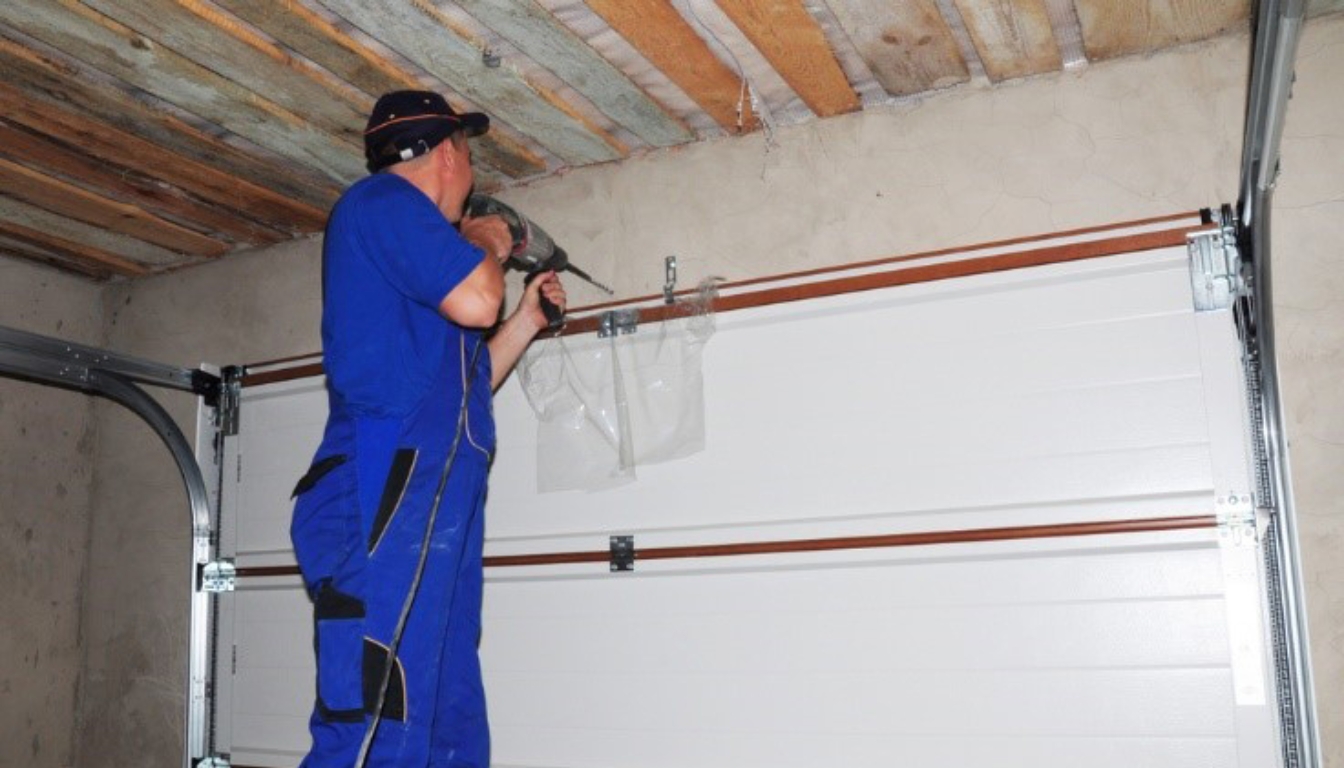
Table Of Contents
Resolving Remote Control Troubles
When experiencing issues with your garage door remote control, it can be frustrating and inconvenient. To troubleshoot this problem, start by checking the batteries in the remote to ensure they are functioning properly. If the batteries are in good condition, examine the sensor on the garage door opener to see if it is blocked or out of alignment. Sometimes, a simple realignment of the sensor can resolve the connectivity issue between the remote and the opener.
If realigning the sensor does not rectify the problem, inspect the antenna on the garage door opener. Make sure it is intact and upright, as a damaged or bent antenna can obstruct the signal between the remote and the opener. Additionally, consider reprogramming the remote control to the opener following the manufacturer's instructions. By troubleshooting these common garage door repair issues related to remote control malfunctions, you can restore the seamless operation of your garage door system.
Checking for Interference Sources
When experiencing issues with your garage door remote control, it is crucial to consider possible interference sources that may be affecting its functionality. Interference can stem from a variety of sources including nearby electronic devices, power lines, or even structural elements in your home. To diagnose the exact cause of the interference, start by moving any electronic devices away from the garage door opener and observe if this resolves the issue. If the problem persists, it might be necessary to check for any power lines or structural materials that could be disrupting the signal transmission.
Interference sources can often be subtle and difficult to identify, making it important to methodically eliminate potential causes. In some instances, interference may be caused by external factors such as radio frequency signals or neighbouring garage door openers. If you suspect these external sources are affecting your Garage Door Repair, consider reprogramming your remote control to a different frequency to mitigate the interference. By systematically identifying and addressing the interference sources, you can ensure smoother operation of your garage door opener system.
Addressing Uneven Closing and Opening
Uneven closing and opening of a garage door can be frustrating to deal with, but fortunately, there are steps you can take to address this common Garage Door Repair issue. One possible cause of this problem could be an imbalance in the track alignment. To rectify this, carefully inspect the tracks on both sides of the door to ensure they are properly aligned. If there are any misalignments, gently tap the tracks back into place using a hammer and a block of wood.
Another factor that could contribute to an uneven garage door operation is worn-out weather stripping. Damaged weather stripping can lead to gaps that allow air and moisture to seep in, affecting the smooth functioning of the door. In this case, replacing the weather stripping is a straightforward solution that can help restore the proper alignment of the door. By addressing these common issues, you can ensure that your garage door operates smoothly and efficiently.
Adjusting the Track Alignment
Adjusting the track alignment is a crucial step in resolving issues with your garage door. Misaligned tracks can cause the door to operate unevenly or get stuck, causing inconvenience and potentially leading to further damage. If you notice any gaps between the rollers and the rails, or if the door is jerky when opening or closing, it may indicate a need for track realignment. A visual inspection of the tracks can help determine if they are properly aligned or if adjustments are necessary.
To adjust the track alignment on your garage door, start by loosening the screws or bolts that secure the track to the frame. Gently tap the track with a rubber mallet to move it back into alignment, making sure it is parallel to the other track. Once the track is straightened, tighten the screws or bolts back into place to secure it. Testing the door's operation afterward can validate if the adjustment has resolved the issue. Regularly maintaining the track alignment as part of your Garage Door Repair routine can help prevent future problems and ensure smooth operation of your garage door.
Handling Weather Stripping Damage
Handling Weather Stripping Damage
Weather stripping damage is a common issue faced by many homeowners with garage doors. To address this problem, it is essential to first inspect the condition of the weather stripping. If you notice any cracks, gaps, or wear and tear, it is crucial to replace the damaged weather stripping promptly to prevent further issues. Garage Door Repair professionals recommend using high-quality weather stripping materials that are durable and can provide effective protection against external elements.
When installing new weather stripping, ensure that it is correctly fitted and aligned along the edges of the garage door. Proper installation is key to maximizing the efficiency of the weather stripping in protecting the garage interior from dust, debris, and harsh weather conditions. By regularly inspecting and maintaining the weather stripping around your garage door, you can ensure that your garage remains secure and well-insulated, ultimately extending the lifespan of your garage door system.
Installing New Weather Stripping
Installing new weather stripping is a fundamental step in the maintenance process of garage doors. Over time, weather stripping can wear out or become damaged, leading to poor insulation and potential leaks. By replacing old weather stripping with a fresh set, you can ensure that your garage door is properly sealed, protecting your belongings from external elements such as dust, moisture, and pests.
The process of installing new weather stripping is relatively simple and can be done by following a few steps. Firstly, you need to measure the dimensions of your garage door to ensure that you purchase weather stripping of the correct size. Next, remove the old weather stripping carefully, making sure to clean the surface before applying the new one. Finally, install the new weather stripping by firmly pressing it into place along the edges of the garage door. This straightforward task can significantly improve the insulation and security of your garage, contributing to a more efficient Garage Door Repair process.
FAQS
How can I troubleshoot remote control issues with my garage door?
To troubleshoot remote control problems, start by checking the batteries in the remote and the garage door opener. If the batteries are good, try reprogramming the remote according to the manufacturer's instructions.
What can cause my garage door to open and close unevenly?
Uneven closing and opening of the garage door can be caused by track misalignment. Check the tracks for any obstructions or misalignments and adjust them accordingly to ensure smooth operation.
How do I address damage to the weather stripping on my garage door?
If you notice damage to the weather stripping on your garage door, you can replace it with new weather stripping. Make sure to clean the area thoroughly before installing the new weather stripping to ensure a proper seal.
What should I do if my garage door is experiencing interference issues?
If you are experiencing interference with your garage door opener, check for any sources of interference such as nearby electronics or wireless devices. Move any potential sources of interference away from the garage door opener to resolve the issue.
Can I install new weather stripping on my garage door myself?
Yes, you can install new weather stripping on your garage door yourself. Make sure to measure and cut the weather stripping to fit the door properly, and follow the manufacturer's instructions for installation to ensure a tight seal.



